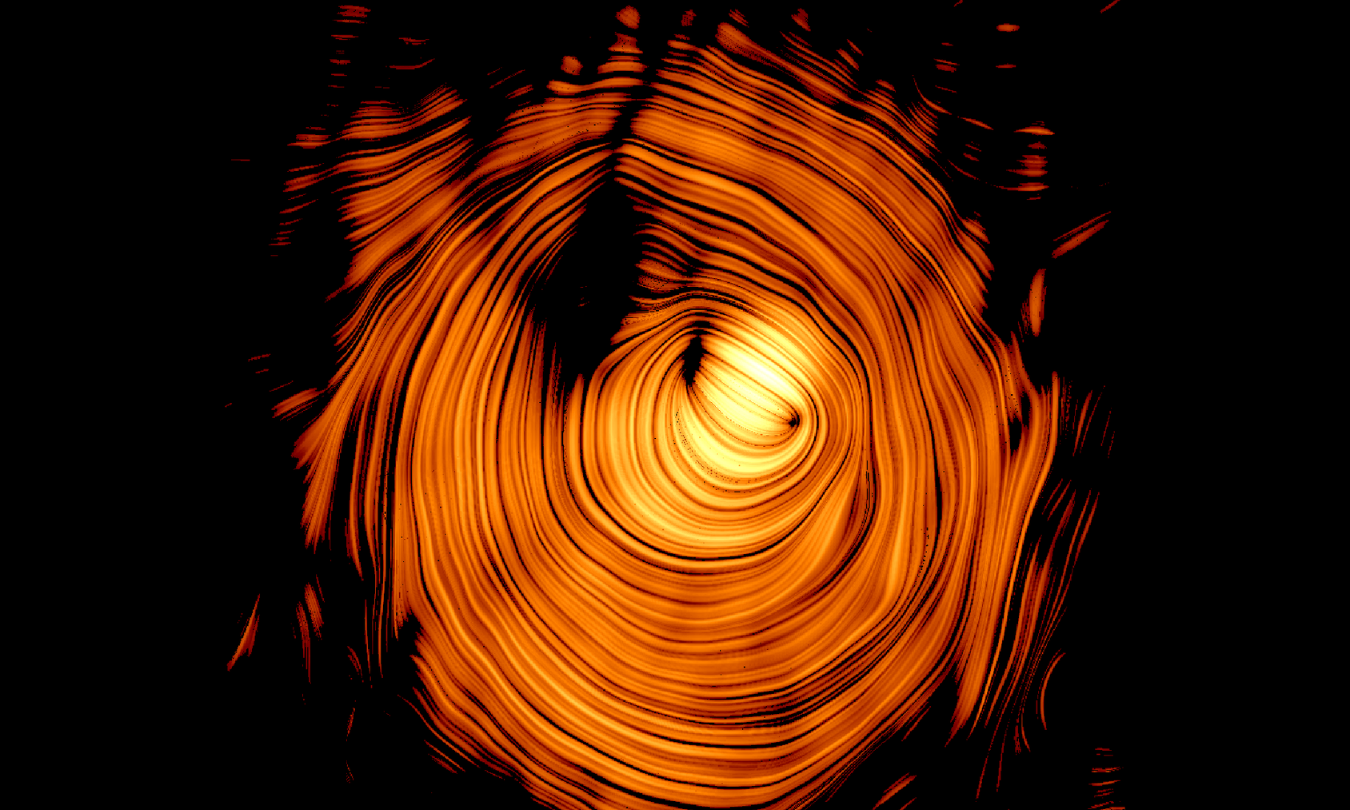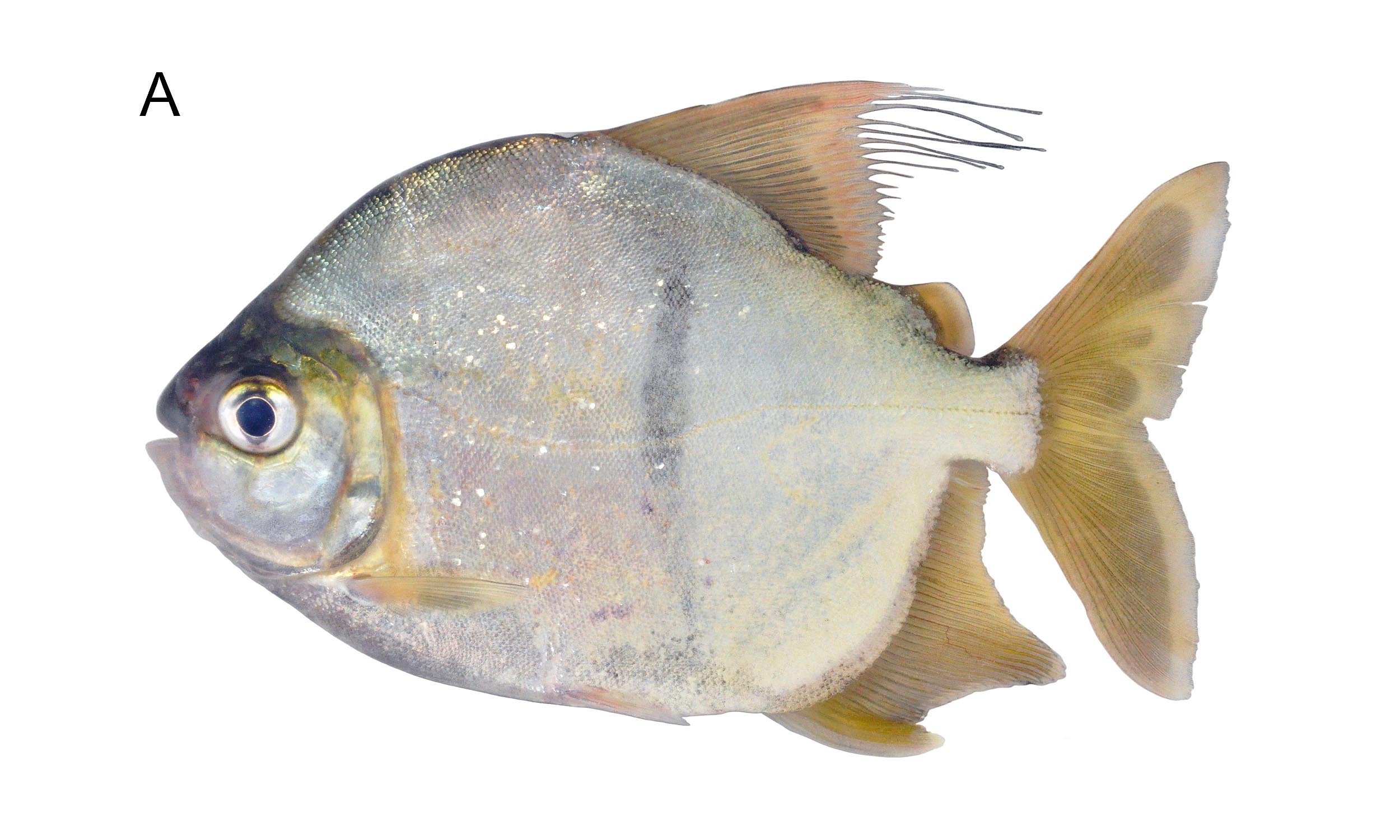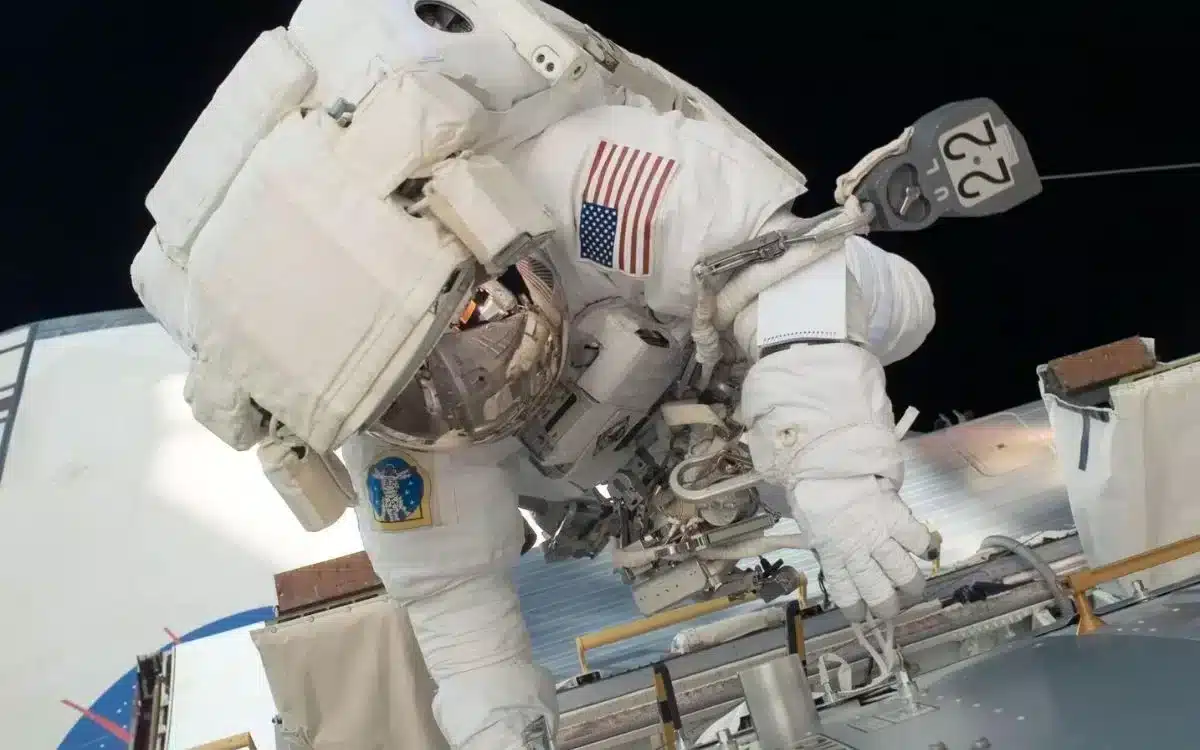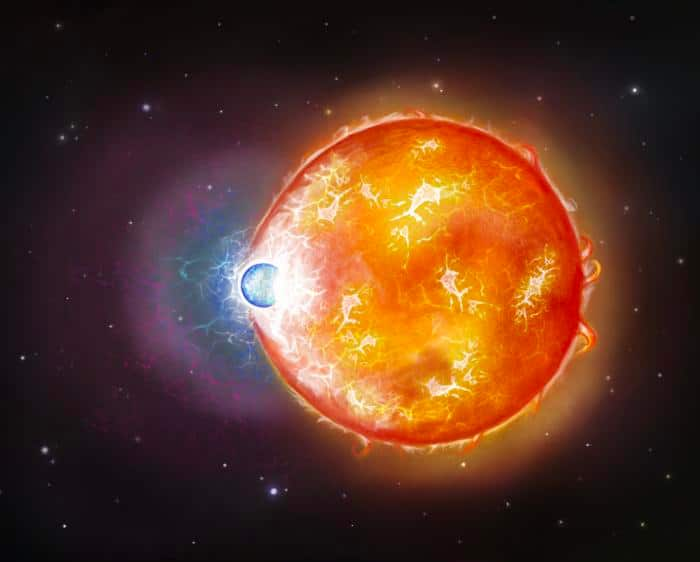Unveiling the Universe's First Black Hole: A Cosmic Surprise from Over 13 Billion Years Ago!
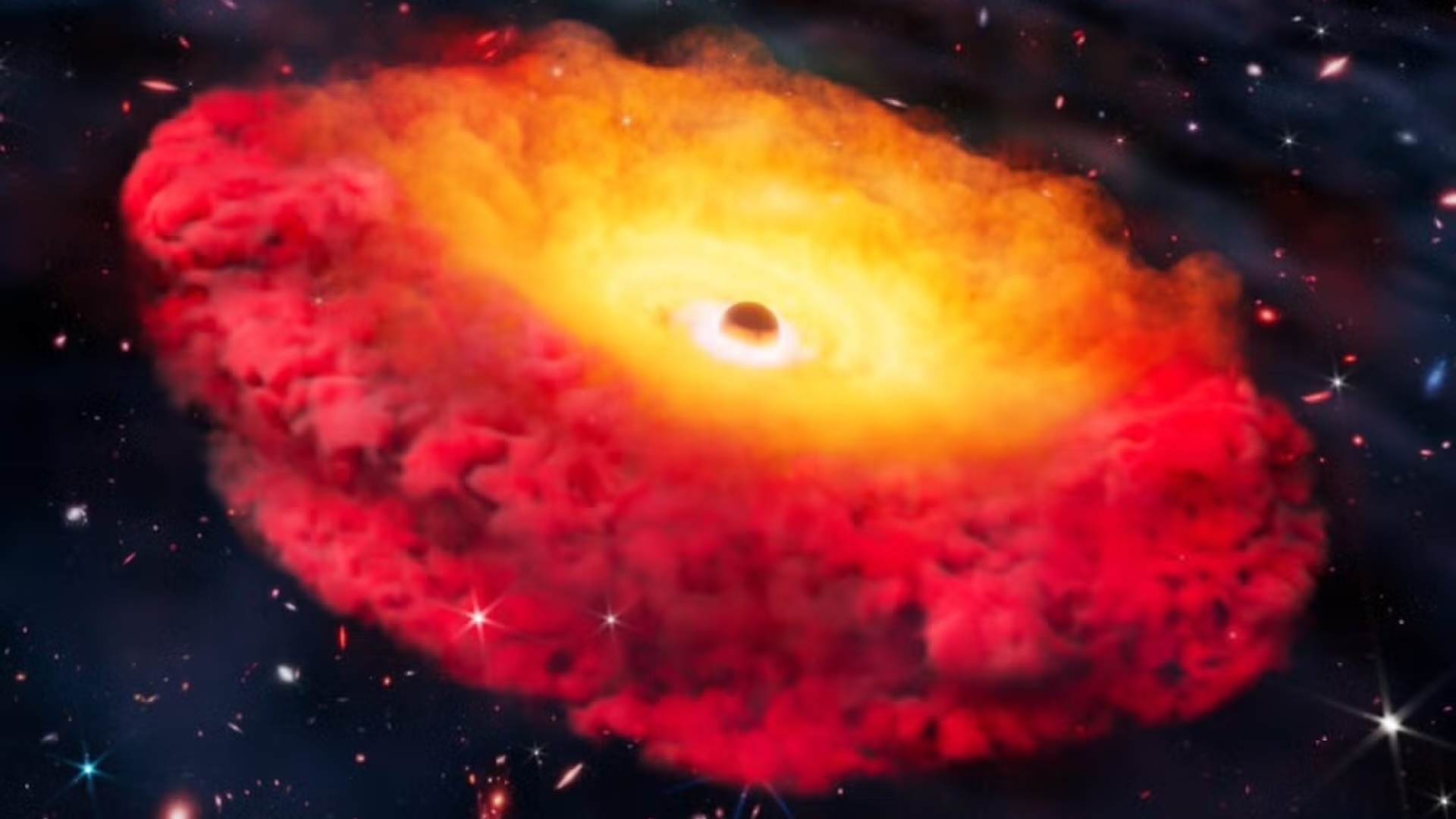
Imagine a black hole that dates back to a time when the universe was still in its infancy, just 500 million years after the Big Bang! Scientists using the James Webb Space Telescope (JWST) have made a groundbreaking discovery by identifying the earliest confirmed black hole, nestled in a galaxy known as CAPERS-LRD-z9, which existed over 13 billion years ago.
In a recent study published on August 6 in the Astrophysical Journal Letters, researchers highlighted the significance of this discovery. As study coauthor Anthony Taylor, an astronomer at the University of Texas, Austin, stated, “When looking for black holes, this is about as far back as you can practically go.” This finding pushes the boundaries of our understanding and the technological capabilities we currently possess.
CAPERS-LRD-z9 belongs to a unique category of galaxies dubbed "Little Red Dots," a name derived from their small size relative to other galaxies and their ability to emit red light under the advanced infrared sensors of JWST. While these Little Red Dots seem to shine brightly, they pose a curious contradiction; they formed in an era when an abundance of stars is thought to be unlikely based on current cosmological theories.
Steven Finkelstein, another study coauthor from UT Austin, remarked, “The discovery of Little Red Dots was a major surprise from early JWST data, as they looked nothing like galaxies seen with the Hubble Space Telescope.” The shift from Hubble’s familiar views to JWST’s tantalizing glimpses of the early universe opens new doors to understanding the cosmos and its formation.
Through meticulous research, scientists employed the JWST to delve deep into the nature of CAPERS-LRD-z9. They discovered a distinct wavelength pattern of light produced when fast-moving gas spirals into the black hole. Although there are a few more distant candidates for black holes, CAPERS-LRD-z9 holds the title of the earliest confirmed black hole to date. This finding also hints that similar black holes might exist at the centers of other Little Red Dots.
This black hole is no lightweight, either. It boasts a mass approximately 38 million times greater than our Sun, making it about ten times more massive than Sagittarius A*, the supermassive black hole located at the heart of our Milky Way galaxy. This astonishing mass is believed to represent about 5% of all the stars in its galaxy—a ratio significantly higher than what we observe in modern galaxies.
Finkelstein further noted, “This adds to growing evidence that early black holes grew much faster than we thought possible, or they started out far more massive than our models predict.” Such revelations not only challenge our current understanding of black hole formation but also provide potential explanations for why the Little Red Dots appear red. A dense gas cloud surrounding the black hole may shift emitted light into longer, redder wavelengths.
As researchers continue to study CAPERS-LRD-z9, deeper insights into the nature of black holes and galaxies in the early universe are on the horizon. “This is a good test object for us,” Taylor stated enthusiastically. “We haven’t been able to study early black hole evolution until recently, and we are excited to see what we can learn from this unique object.”








